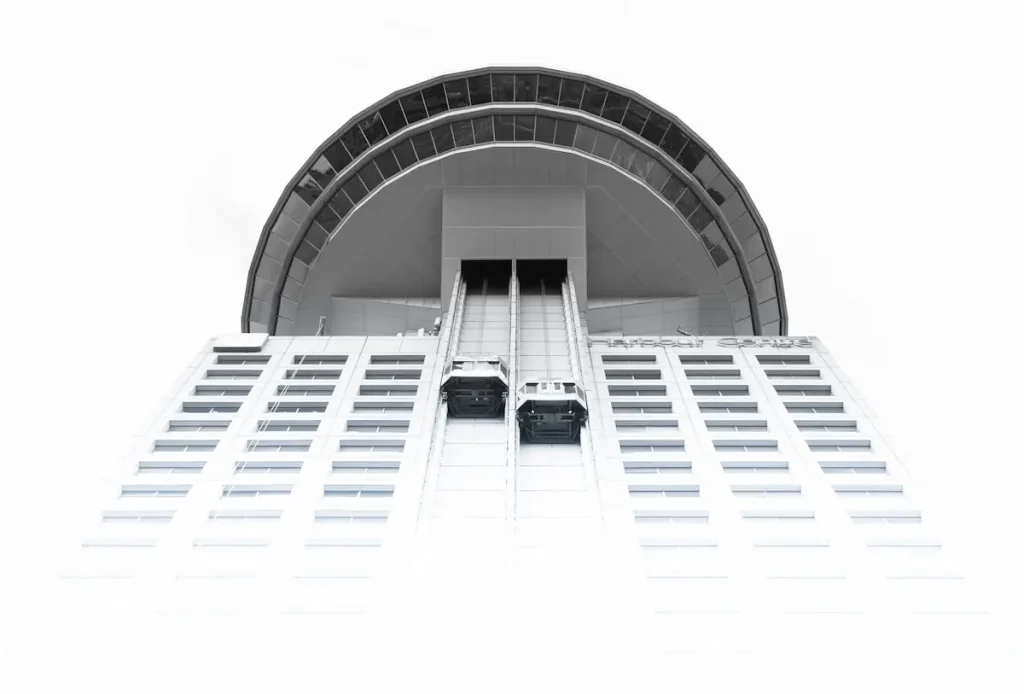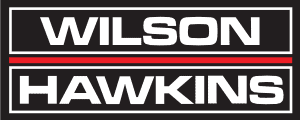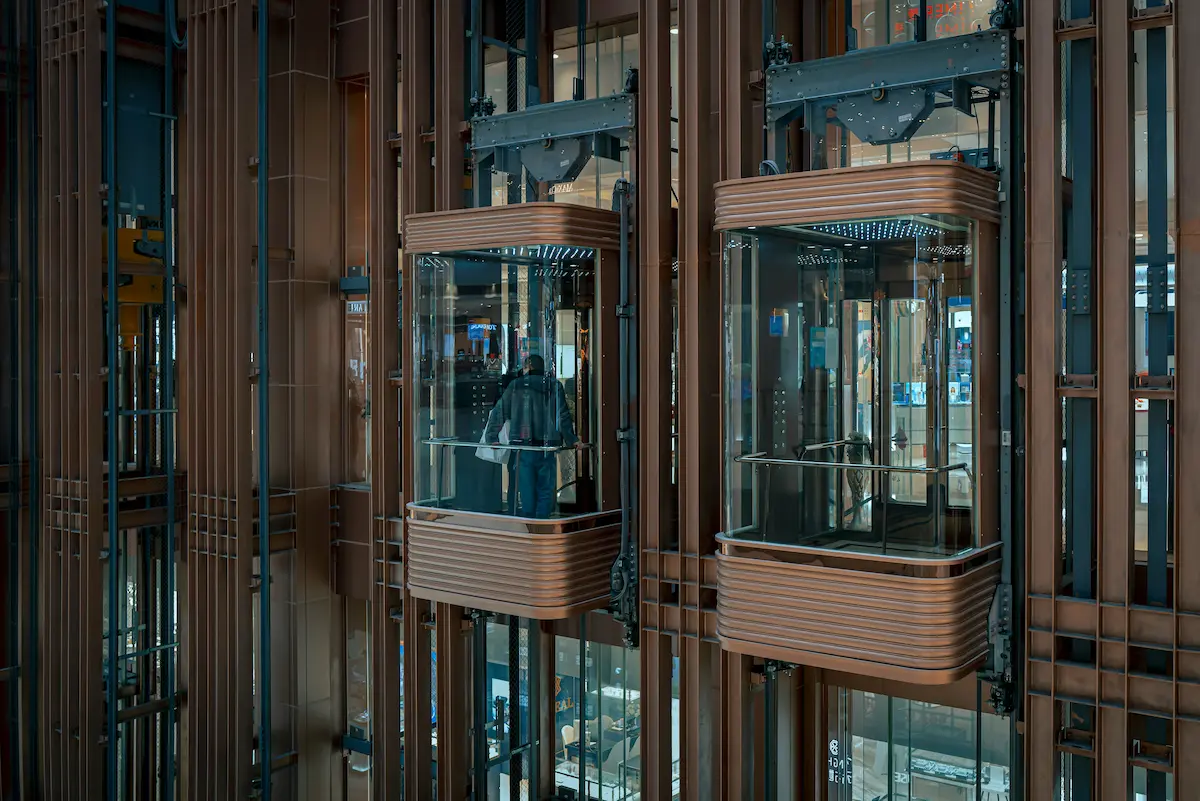Lifts/elevators play an essential role in both residential and commercial property management, especially in multi-story buildings. They are crucial for accessibility, safety, and convenience, and their proper maintenance is a key responsibility of property managers. The management of lifts involves adhering to strict legal and safety regulations, ensuring regular inspections, and balancing the costs of maintenance with the needs of building users. This summary will explore the types of lifts commonly found in UK properties, the potential issues property managers face, legal obligations, and best practices for lift maintenance.
Types of Lifts in UK Properties
Passenger Lifts
Passenger lifts are the most common type in residential and commercial buildings. These lifts are designed to transport people between floors and are typically found in apartment blocks, office buildings, hospitals, and shopping centers. They vary in size and capacity, ranging from small lifts for a few passengers to larger lifts that can accommodate heavy foot traffic.
Goods Lifts
Goods lifts are designed to carry heavy or bulky items rather than passengers. These are commonly used in commercial properties such as warehouses, factories, and retail stores. Goods lifts may be smaller in scale but are built to handle more weight than standard passenger lifts.
Platform Lifts
Platform lifts are often installed in buildings to comply with accessibility regulations, as they provide a means of vertical transport for wheelchair users and others with mobility impairments. These lifts are common in public buildings, small offices, and residential buildings where space is limited.
Service Lifts (Dumbwaiters)
Service lifts, or dumbwaiters, are used to transport small items, such as food or documents, between floors. These are typically found in hotels, restaurants, and large residential properties with multiple levels.
Key Challenges Regarding Lifts
Lift Maintenance and Downtime
Lifts are mechanical systems with many moving parts, which means they require regular maintenance to function properly. Downtime due to mechanical failure can be a significant inconvenience for tenants and users, particularly in buildings with limited stair access or for those with mobility issues. Property managers must ensure that lifts are serviced regularly to prevent breakdowns.
Health and Safety Compliance
Lifts are subject to stringent health and safety regulations in the UK. Failure to comply with these regulations can lead to severe penalties, legal actions, and, most importantly, safety risks for building users. For property managers, maintaining the safety of lifts is a top priority, which requires regular safety inspections, certification, and prompt attention to any identified faults.
Energy Efficiency
Older lifts can be inefficient and consume a significant amount of energy, leading to higher operating costs. With growing awareness of environmental concerns and rising energy prices, property managers are often tasked with upgrading or modernizing lifts to be more energy efficient. This can be costly but is essential for reducing the carbon footprint and improving the overall value of the property.
Accessibility Requirements
Property managers must ensure that lifts comply with the UK’s accessibility standards, such as the Equality Act 2010, which mandates reasonable adjustments for disabled individuals. This includes installing or retrofitting lifts to accommodate wheelchair users, ensuring that lifts have audible and visual floor indicators, and providing sufficient space for easy maneuvering.
Legal and Regulatory Considerations
The Lifting Operations and Lifting Equipment Regulations 1998 (LOLER)
In the UK, the LOLER regulations require property management companies to ensure that all lifting equipment, including lifts, is fit for purpose, properly maintained, and regularly inspected. This includes periodic thorough examinations by a competent person at least every six months for passenger lifts. Failure to comply can result in legal consequences and liability for accidents.
The Health and Safety at Work Act 1974
Under this act, we are legally responsible for ensuring that lifts are safe to use and that the building’s occupants and visitors are not put at risk. This involves carrying out risk assessments and ensuring that all safety features, such as emergency stop buttons, alarms, and backup systems, are functioning properly.
Building Regulations (Part M)
UK building regulations require that buildings be accessible to all users, including those with disabilities. Part M of the building regulations specifically addresses access to and use of buildings, and property managers must ensure that lifts comply with these requirements to avoid legal penalties and ensure inclusivity.
Service Contracts and Insurance
Lifts require regular servicing by qualified technicians, and property managers typically enter service contracts with lift maintenance companies to ensure that repairs and inspections are carried out promptly. Additionally, we must ensure that lifts are properly insured in case of accidents or failures, protecting the building owner from liability.

Lift Management
Regular Maintenance and Servicing
Property manager should have a comprehensive maintenance plan for lifts, including routine inspections, servicing, and testing of all safety features. A well-maintained lift is less likely to experience unexpected breakdowns and will provide a safer experience for users. Most lift manufacturers recommend servicing at least once every three to six months, depending on the frequency of use.
Emergency Procedures
One must have clear procedures in place for lift emergencies, such as entrapment or lift malfunctions. This includes ensuring that emergency communication systems within the lift are functional and that a rapid response team or lift service provider can be contacted in case of a failure.
Modernisation and Upgrading
Older lifts, especially those installed decades ago, may no longer meet modern safety or energy efficiency standards. Property managers must consider upgrading lifts with newer technology, such as energy-efficient motors, regenerative braking systems, and advanced control systems. Upgrading not only improves safety but can also reduce energy consumption and improve the building’s overall appeal.
Budgeting for Lift Maintenance
The cost of lift maintenance can be substantial, especially for older or heavily used lifts. It is important to set aside a budget for regular maintenance, unexpected repairs, and eventual modernization. Budgeting effectively ensures that the lift remains operational without causing financial strain.
User Education
We can improve lift longevity and safety by educating tenants and users on proper lift usage. For instance, tenants should avoid overloading the lift, tampering with lift buttons, or blocking doors. Clear signage and instructions can help prevent misuse and reduce wear and tear.
Summary
Lifts are essential components of many residential and commercial buildings, and their proper management is crucial for ensuring accessibility, safety, and efficiency. As a property management company, we are responsible for maintaining lifts in good working order, complying with strict legal regulations, and balancing the needs of the users with the financial constraints of the property. By implementing best practices such as regular maintenance, modernisation, and ensuring compliance with safety standards, property managers can ensure the safe and efficient operation of lifts, contributing to the overall value and functionality of the property.

